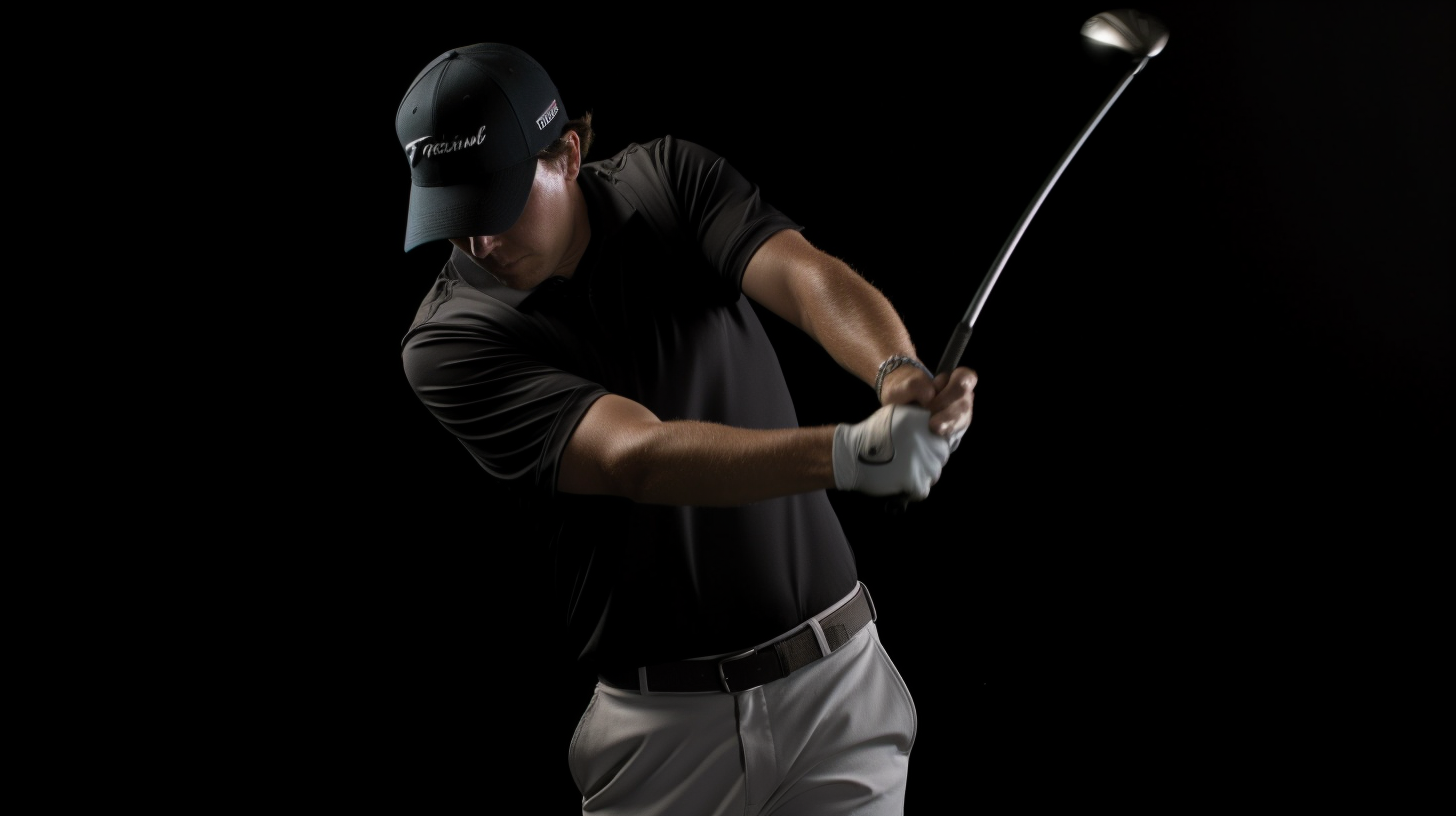Gripping a golf club the wrong way leads to inconsistent, frustrating shots.
Learning proper hand positioning, wrist alignment and grip styles tailored to your game lays the groundwork for solid ball striking.
Let’s dive into the key elements of mastering your grip technique.
Proper Hand Placement

When first learning how to grip a golf club, it is important to understand proper hand placement. The lead hand, or the hand placed lowest on the grip, is generally the left hand for a right-handed golfer.
For a lefty, the lead hand would be the right.
To properly place the lead hand, open the palm to face the intended target down the fairway with the knuckles positioned on top of the grip. The knuckles serve as a reference point to know the hand is in the correct orientation.
After correctly positioning the lead hand, place the trail hand underneath so the palm faces the palm of the lead hand. For most conventional grips, this means the right palm faces the left for a righty.
The key is to have both palms facing each other down the target line.
When actually gripping the club, the pressure applied by the hands should be very light. Generally, golfers want to avoid a “death grip” or squeezing too hard as this tension makes it more difficult to hinge and release the wrists through impact.
Maintaining a light, relaxed hold promotes fluidity in the swing motion.
Types of Grips

There are a few common types of grips used in golf, each with slight variations in hand placement. The main ones include the overlapping, interlocking and baseball grips.
Even within these categories, golfers can make minor adjustments to find what works best with their hands and swing.
Overlapping Grip
The overlapping grip is considered the most popular style used on professional tours and with low handicap amateurs. To adopt this grip, the lead hand is placed normally as described above with the knuckles on top.
The trail hand then overlaps the index finger of the lead hand, commonly with the pinky finger sitting on top. This promotes a linked connection between the lead and trail hands while still allowing some independence of motion.
Many instructors recommend the overlapping grip as it naturally squares the clubface at impact. The connection of the hands works to prevent the trail wrist from breaking down.
Highly skilled players are able to control shots by hinging and releasing the lead wrist while maintaining the relationship between the palms.
Interlocking Grip
Similar to the overlap, the interlocking grip connects the lead and trail hands, just in a slightly different manner.
Rather than placing the pinky finger of the trail hand over the index finger, the golfer interlocks by inserting the index finger of the trail hand in between the index and middle finger of the lead hand.
The interlocking allows both palms to fit snug together facing each other down the target line.
This grip was famously used by Jack Nicklaus throughout his professional career. He believed it promoted a neutral release through impact without having to consciously manipulate his hands.
The interlock connection can help amateurs avoid a “flying” lead elbow as they start the downswing by keeping the arms and hands working together.
Some players feel the interlock helps take tension out of the hands and wrists while others believe it feels restrictive. Finding the right balance of connection without tension takes practice.
Baseball or Ten Finger Grip
As the name suggests, the baseball or ten finger grip has all ten digits on the club with the trail hand placed below the lead, like holding a baseball bat. This grip can help eliminate tension in the hands and forearms by allowing the fingers to relax down into the grip.
It also gives players with thicker, stronger hands good contact across all ten fingers.
For beginning golfers struggling with ball-striking consistency issues, starting with the baseball grip can simplify making solid contact by taking grip pressure and wrist action out of the swing.
It gives players time to learn proper techniques from an instructor before introducing more advanced grips.
The baseball grip does limit the ability to work the ball left or right since the lead wrist hinges less aggressively. Better players who have developed good swing mechanics can then transition to an overlapping or interlocking grip if desired.
Importance of Neutral Wrist Position

Proper hand and wrist positioning at setup is critical for creating an efficient, powerful release through impact. Golfers want to establish a neutral wrist condition with no bend forwards or backwards at address.
From there, the wrists will hinge naturally as the club moves upwards, gradually releasing as the downswing progresses.
Maintaining neutrality prevents the club from getting too inside or outside coming down. This in turn leads to solid, consistent ball striking.
Letting the club fall into a good position also builds “lag”, that powerful coiling of wrists that unwinds through the hitting zone. Lag stretches the swing out slightly, increasing clubhead speed.
custom fitting
Custom Fitting Your Grip

While the fundamentals of hand and wrist alignment stay consistent across most players, grip size and style should match up with the individual. Factors like hand size, strength and flexibility determine what feels comfortable without limiting motion.
Custom fitting starts with having properly sized grips to reasonably match hand measurements. Grips that are too small place extra tension in the hands and forearms while oversized versions make it hard to connect the fingers.
Adding or removing layers of tape beneath the grip, or installing entirely new grips are easy ways to tweak the size.
Players with thicker, stronger hands may adopt a baseball style grip to utilize all ten fingers for control. Those with longer, more flexible digits could use an interlock or overlap for extra hand connection.
Testing different placements during practice sessions helps determine the ideal fit.
Over time as golfers improve their technique, their grip preferences may evolve as new shot shapes get introduced. An overlapping grip lends itself better to working the ball left and right.
Interlocks and baseball styles promote straighter trajectories. Continually evaluating comfort and performance determines the best match.
Proper grip technique forms the foundation for an efficient, repeatable golf swing. While nuances exist between players, keeping the wrists neutral and hands working together improves consistency.
Experimenting with different sizes and placements leads golfers to their ideal fit over time through practice. Mastering grip basics paves the way for better ball striking.
Conclusion
Properly gripping a golf club may seem simple but has a tremendous influence on ball striking and consistency. Taking the time to evaluate hand placement, wrist alignment, grip style and custom fitting ensures golfers build a solid foundation.
As the saying goes, golf is played from the ground up, so focusing first on grip technique paves the way for an efficient, repeating swing.



